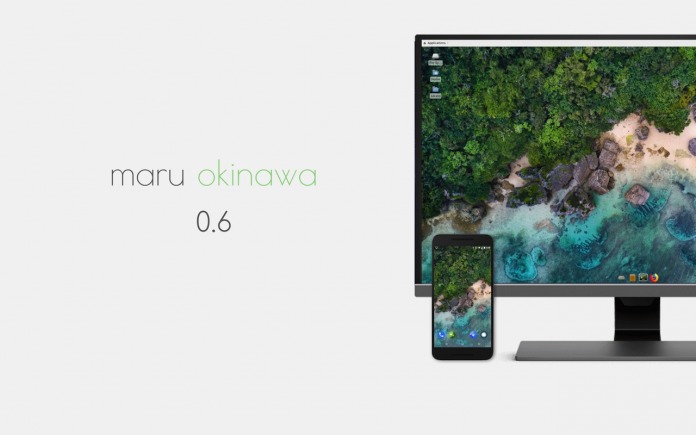
Not many people may realize it but there is the Maru OS. It’s not new but we won’t blame you if you don’t know the platform. We’ve completely forgotten about it but Maru has been around for some time now. We first featured the OS back in 2016 as a new OS attempting to make your smartphone work as a desktop. It’s easier to install with standard ZIP file for custom recoveries. The open source software has added support for devices in recent years and we don’t think it will end anytime soon.
A new version is ready in the form of the Maru 0.6 Okinawa. It will soon be supported on almost any Android device.
The Maru experience is offered to more consumers by delivering a number of changes and improvements. Before, Maru requires hardware support for connecting to an external HDMI display (SlimPort or MHL). It’s only exclusive to Pixel/Nexus devices but now, more will be able to take advantage of Maru because it now runs on the more recent Android 8.0 Oreo compared to the old Android 6.0.1 Marshmallow.
Maru OS is now based on LineageOS instead oF vanilla AOSP. The LineageOS device ecosystem can be used here which means related support and features can also be used even if the device is non-Pixel or non-Google.
Maru OS now uses Debian 9 Stretch from Debian 8 Jessie. Any upgraded software packages can also be used now.
Other important changes include the addition of support for wireless desktop streaming via Chromecast, better input handling, Dynamic input switching, support for USB keyboards and mice with via USB-OTG. Also, expect the usual performance improvements when running multi-thread workloads and multiple processes.
SOURCE: MaruOS









